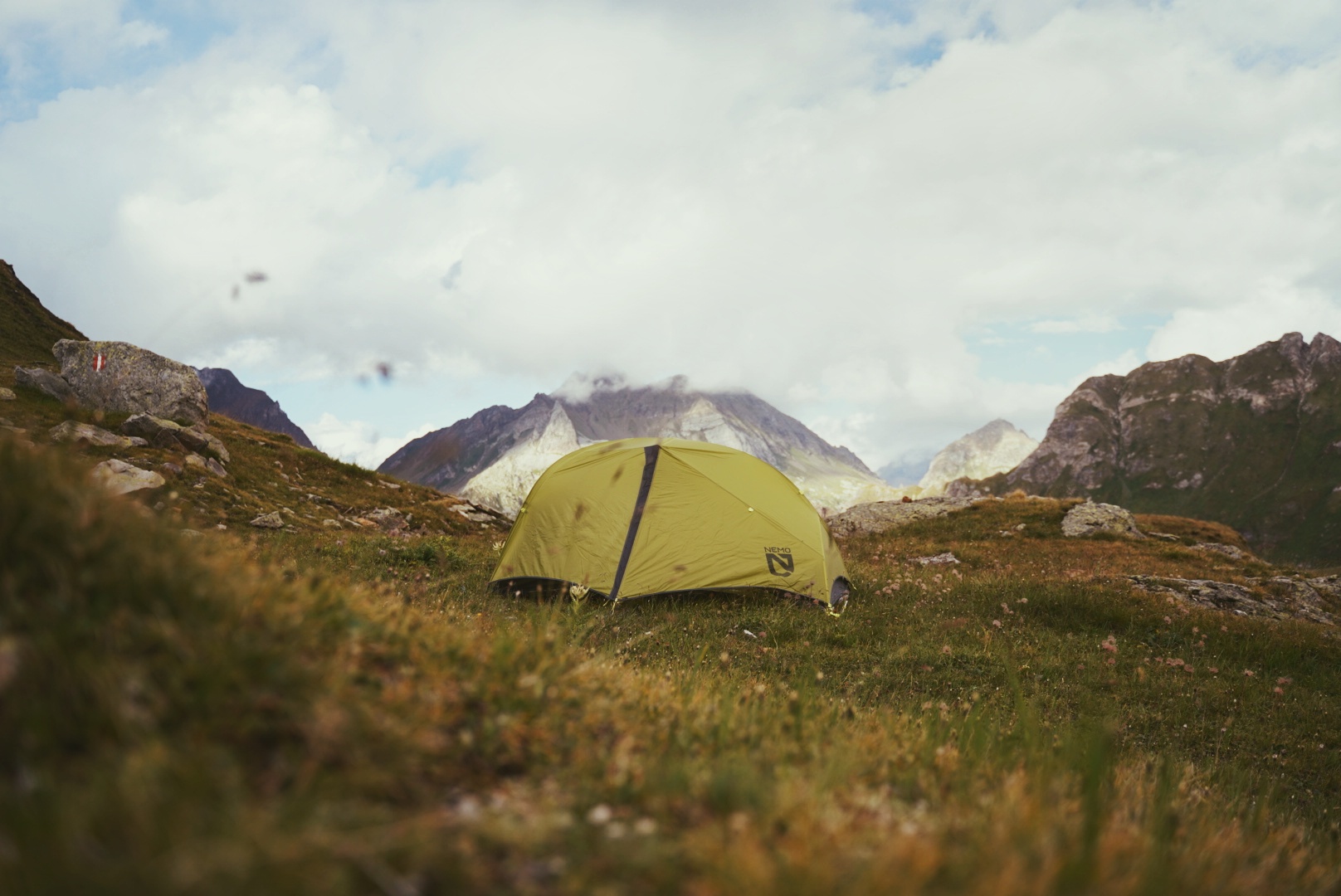
Wild Camping on the Grande Traversata Delle Alpi
The Grande Traversata delle Alpi is a wild, beautiful mountain trail – in 2020, I spent one month on the trail, solo-hiking the entire Northern Half and wild camping all the way.
When I was preparing for that backpacking trip, I did not find much information online about wild camping in the Alps or along the Grande Traversata delle Alpi (GTA) specifically. This is why I decided to share my experience and some guidelines for those who might have the same questions as I did.
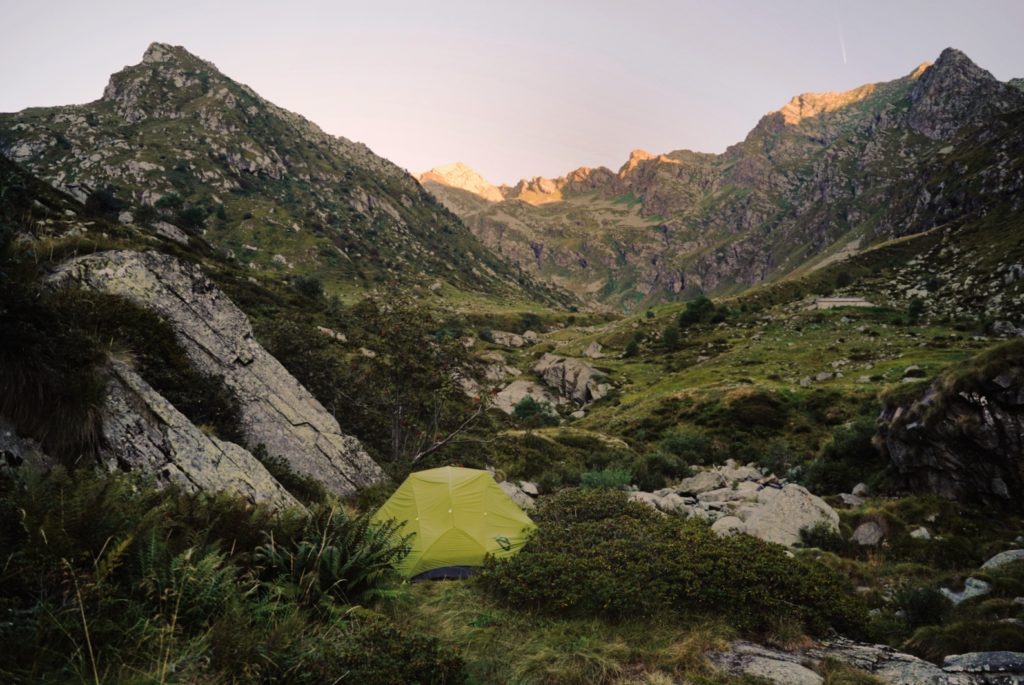
Is wild camping on the Grande Traversata delle Alpi allowed?
The Grande Traversata delle Alpi is mainly situated in Italy, apart from short detours into Switzerland (depending on where you start).
Wild camping laws in Europe, especially the Alps, differ wildly. Sometimes a bivouac is ok (but only unplanned), sometimes sleeping above a certain altitude is allowed, sometimes you can’t stay longer than x hours, sometimes camping is forbidden altogether.
The short answer to whether wild camping in the Alps is allowed: No.
However, camping in the mountains is one of those legal areas where the law tends to be seen quite loosely. In most places, despite the official regulations, wild camping is definitely possible.
In general, if you follow certain rules (more on that below), nobody will mind you and your tent, especially if you’re far out in nature.
In Italy and beyond, the population usually tolerates wild campers. If they see you are only someone who came to enjoy nature on a long-distance hike, not someone who came to trash the environment, no problems should follow.
In short: Staying in a tent in the mountains is illegal, but perfectly possible.
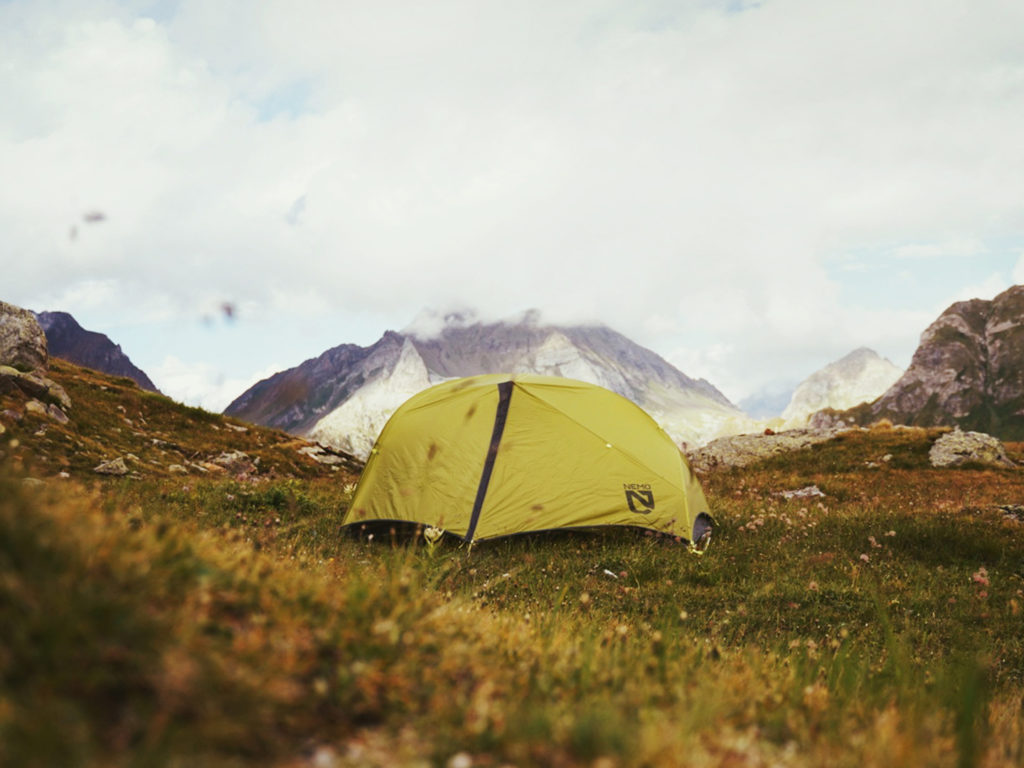
My personal wild camping experience on the Grande Traversata delle Alpi
I spent almost every single night on the Grande Traversata delle Alpi in my tent – by the time I reached Susa and thus my personal trail end, my tent felt like home to me.
The only times I slept somewhere else were:
- nights spent in a shelter (bivouac) along the way
- break days that I spent in towns nearby
The reason why I wild camped on the entire trail was partially financial, of course. I could never afford to spend so much time long-distance hiking if I stayed in mountain huts all the time. A night in a rifugio usually costs around 40-50 € (incl. food) in Italy, which adds up.
But wild camping is not only free, but it is also one of the most beautiful experiences one can have in the mountains. It is a way of fully becoming one with nature, facing your irrational fears, feeling nature more intensely. You wake up before anyone else is about in the mountains and get to see the alps in a completely different light. Magical.
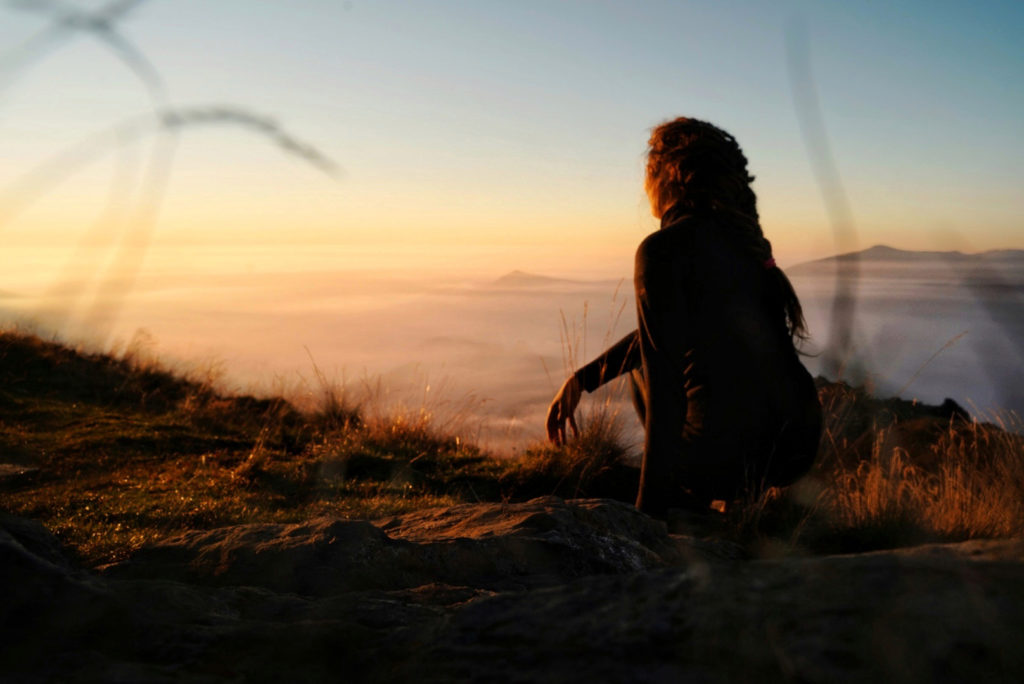
Even though I spent many cold and uncomfortable nights on the Grande Traversata delle Alpi, I am so glad I decided to wild camp only. It made my experience more challenging, but also more special.
Not once did I encounter any problems – I usually stayed away from the villages you cross and went deeper into nature to stay the night.
Of course, some days I had to walk further than I had wanted to find a good camping spot, but the important thing is that I did always find one.
The Italian locals were usually very helpful and often gave me recommendations on where to set up my tent. If you respectfully ask, you might even be able to camp close to mountain huts along the way.
Since I usually set up my tent late and left very early in the morning, usually no one saw me. And if they did, they reacted nothing but friendly.
Hammock camping and bivouacking (sleeping without a tent under the stars) are both possible on the Grande Traversata delle Alpi, too. I would recommend bringing a tarp, though, as protection for rainy nights.
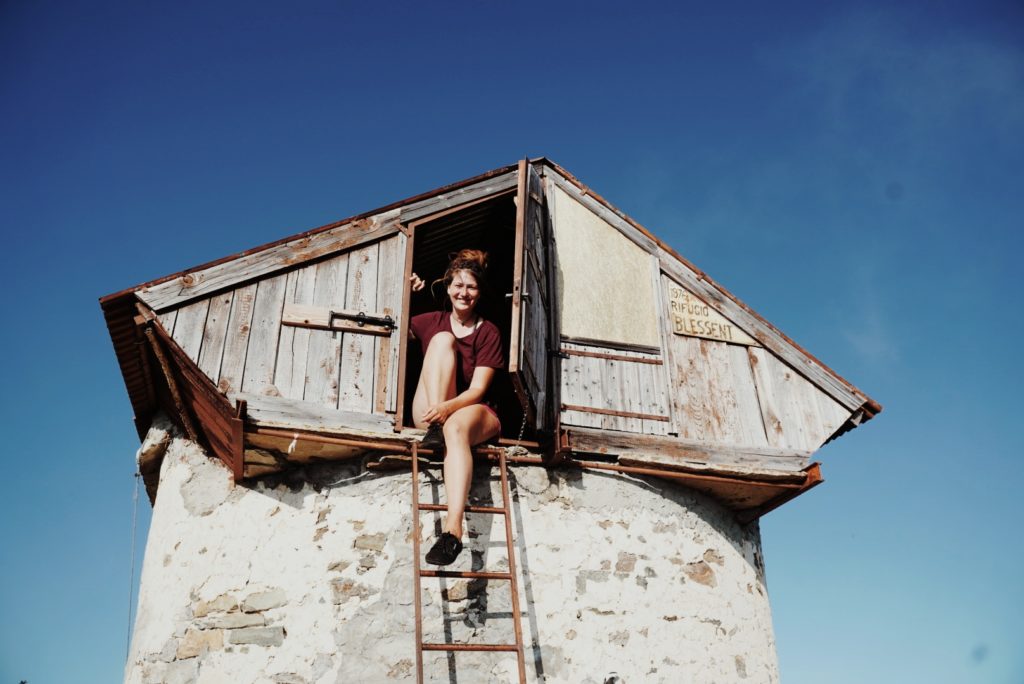
What to keep in mind when wild camping in the alps
Now, before you go off and enjoy your adventure, here are some tips to keep in mind when going on a backpacking trip.
Get the right gear
When preparing for some nights out in the wild, make sure you are familiar with your gear. Make sure your tent, sleeping bag, and sleeping bag are suitable for the season and weather you will be hiking in.
For the GTA, 3-season-gear is enough and your tent does not need to be stormproof. However, if you are planning to spend some nights in altitudes above 2000 meters, be aware that even in summer the temperatures up there are very low.
Even if days might be hot, make sure to have enough dry layers of clothing at night to keep you warm.
Leave no trace
Probably the most important rule of wild camping. Leave the place as if you had never been there.
Becoming a camping ninja includes
- coming late, leaving early
- taking all your trash with you
- not damaging wildlife around you
- trying not to disturb any wild animals
- make no fires
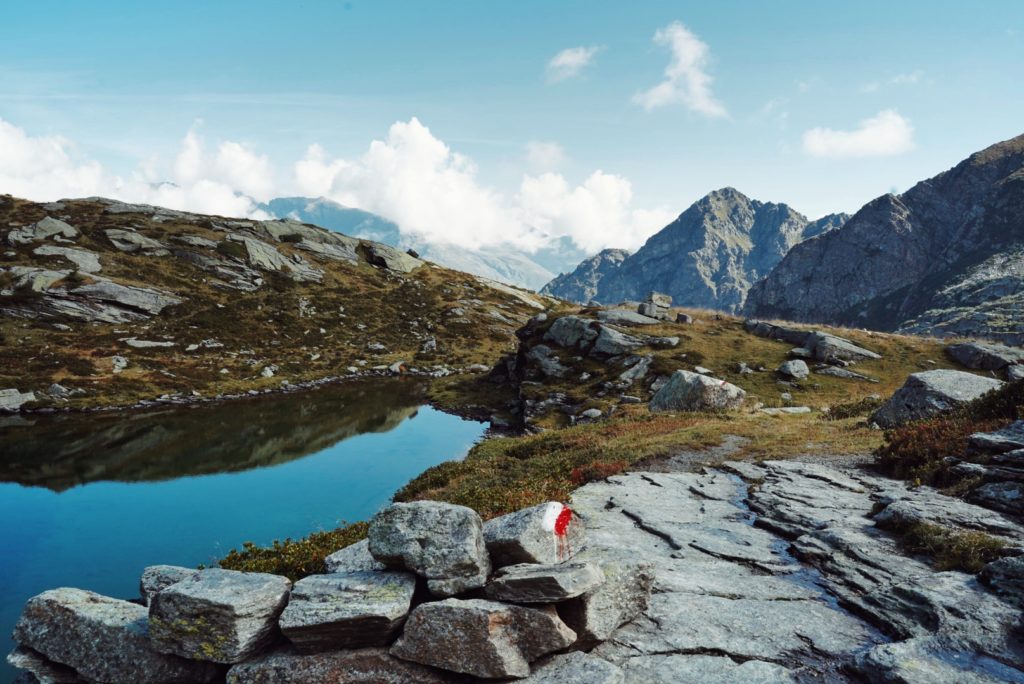
Be prepared
Check out early on the map where you could possibly camp and try to find a good spot before dark. Keep up-to-date with the weather conditions, too. If heavy thunderstorms are approaching, make sure you are in a safe spot or, if necessary, sleep a night in a mountain hut.
Avoid overcrowded spots
Especially these days, with Instagram and other social media spreading the popularity of certain natural places, wild camping can become a problem. Thus, in overcrowded spots, wild camping is often persecuted more strictly.
The GTA passes very few touristic spots (which is part of its beauty). Still, make sure to keep it that way. Don’t camp right where everyone else would and avoid sharing your precise wild camping spots online.
Look for your own ways and be easy on nature. This way, you are also less likely to get into trouble for wild camping.
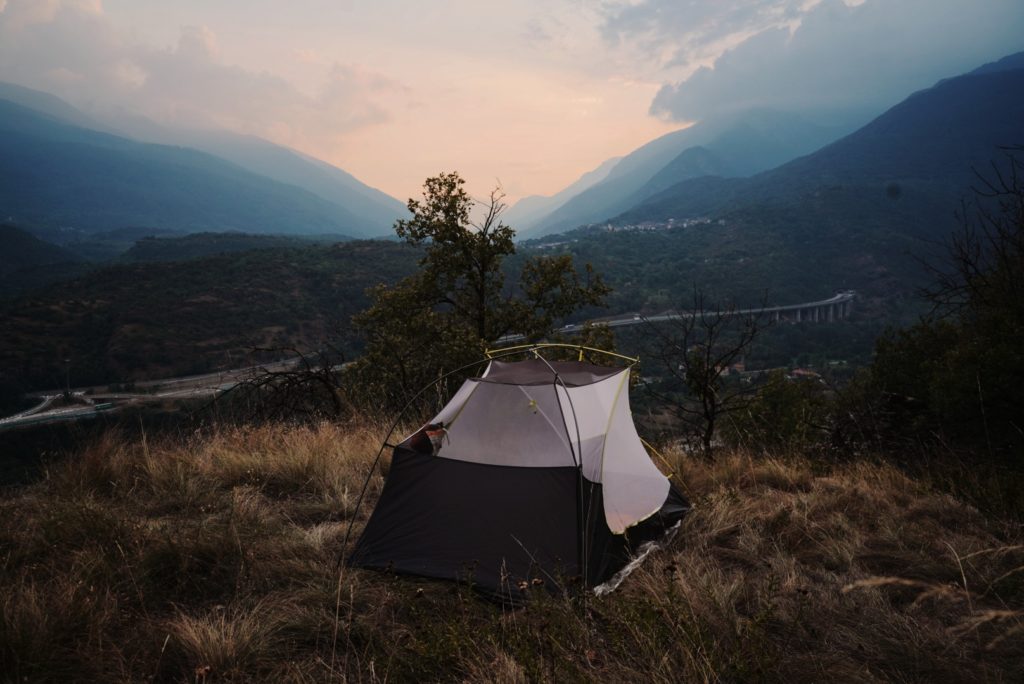
Stay away from certain places
If you want to remain undiscovered, try to stay away from towns. Since most towns on the Grande Traversata are very small, camping near them is usually not a problem, either. I sometimes stayed quite close to mountain villages, once even camped on a parking lot right in the middle of the village. It was right next to a little stream and nobody minded me being there.
When passing mountains huts, with or without animals (in the alps usually cows), try not to camp too close to them or otherwise ask for permission from the cowherd/shepherd/hut owner.
Mostly, hunters also do not like wild campers, since their human smell runs off the animals. Whether you approve of hunting or not, try not to camp near hunting stands where local hunters might find you in the morning.
Wild animals when camping on the Grande Traversata delle Alpi
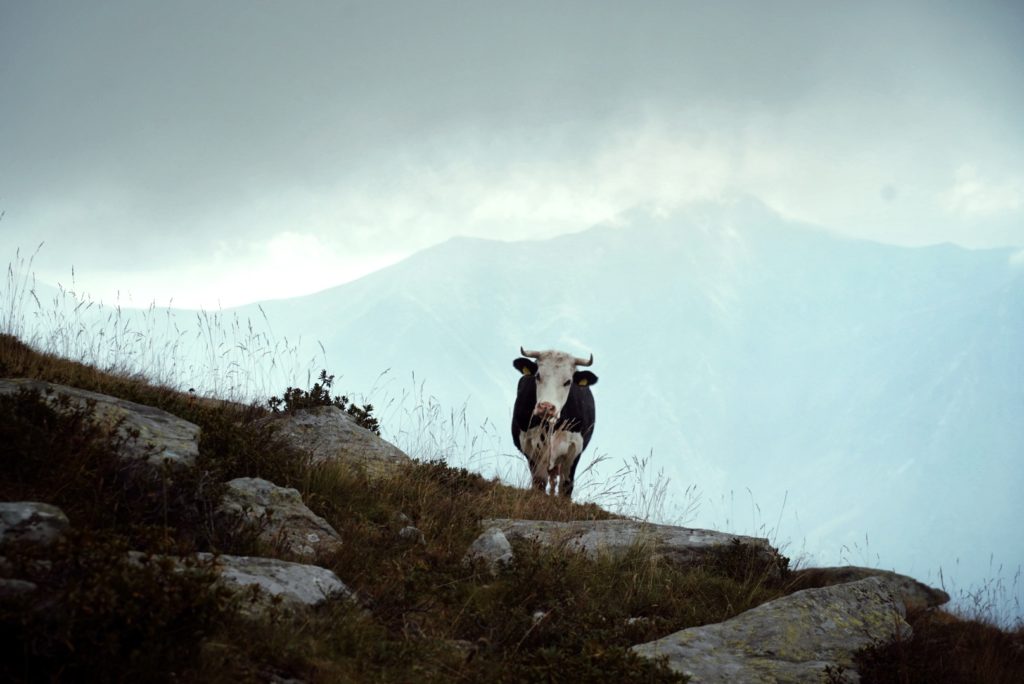
Maybe you’re wondering if there are any wild animals you need to be afraid of when camping in the Italian alps? Not really, no.
The animals I personally encountered were deer, boars, ibexes, and a lot of terribly cute marmots. All of them naturally shy away from humans and usually pose no danger. An exception can be boar mothers when they feel their young are threatened.
In some regions of the Piemontese alps, wolves still live the mountains. However, wolves do their best to avoid humans and can usually smell your hiker dirt from a distance, so you do not need to worry about them, either. When I hiked the GTA, I did not get to see (or hear) any wolves.
Since I was hiking barefoot, people also frequently warned me of poisonous snakes (vipers), but I have personally not seen a single one.
Apart from that, you will mostly meet cows. A loooot of cows. Some sheep, some goats. Quite harmless, good-hearted fellows.
So, to sum it up, animals are around in the Italian alps, but none that pose actual dangers.
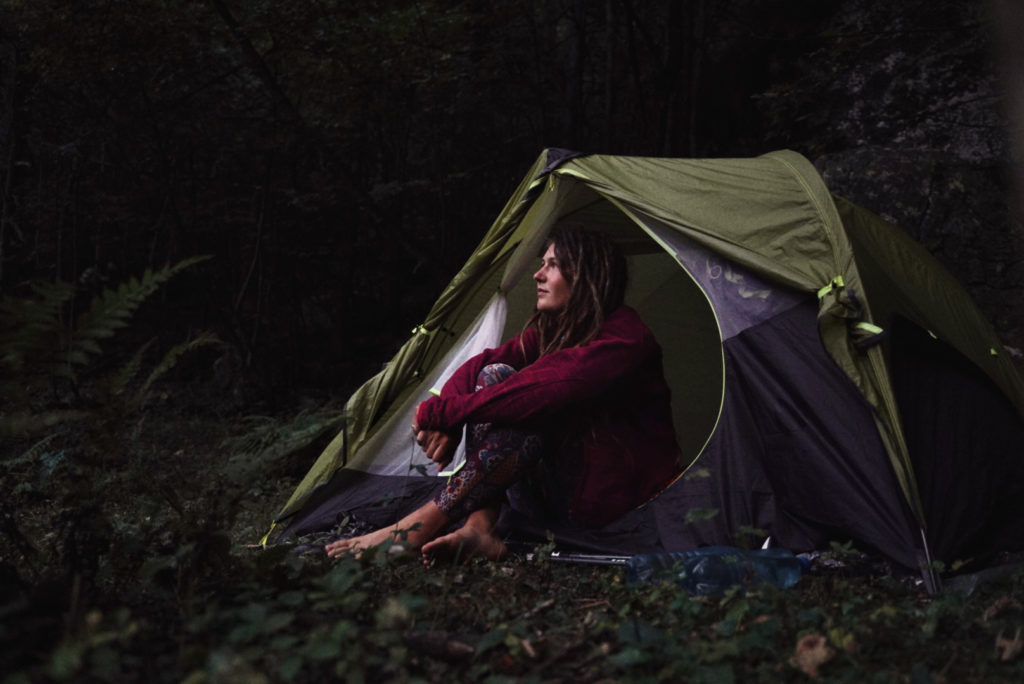
Finals words on camping in the Alps
Wild camping on the Grande Traversata delle Alpi – and the Italian alps in general – is beautiful and easy. Usually, you always find a good spot, especially with a little bit of planning.
Since the trail is not very popular (yet?), wild camping is no issue so far. If a lot of people hiked the trail and nature was to suffer from the amounts of backpackers, I might judge differently.
At the current point in time, I can only recommend the magical experience of wild camping there. Be respectful, leave no trace, enjoy. Sleeping out in nature is what turned my hike into a sublime adventure and I hope you will appreciate it just as much as I did.
Feel free to share your solo camping experiences and questions in the comments below.

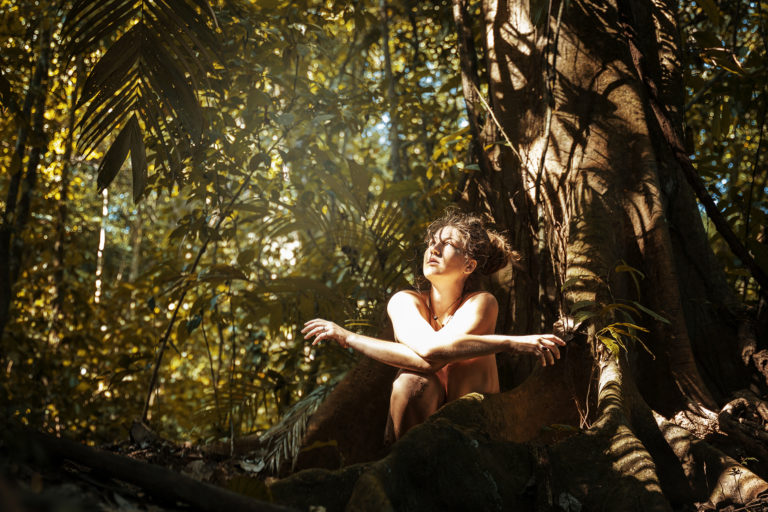
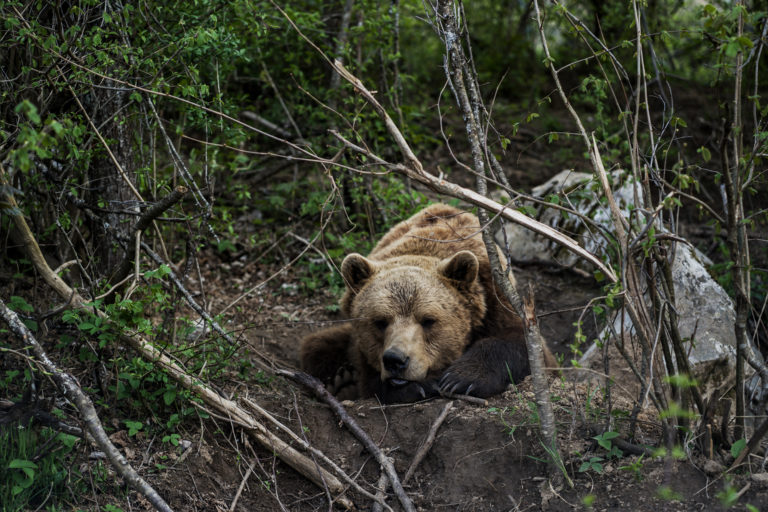
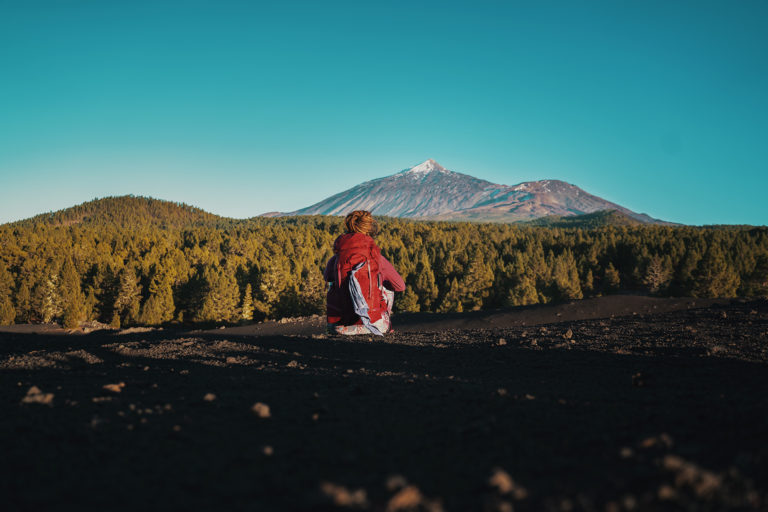
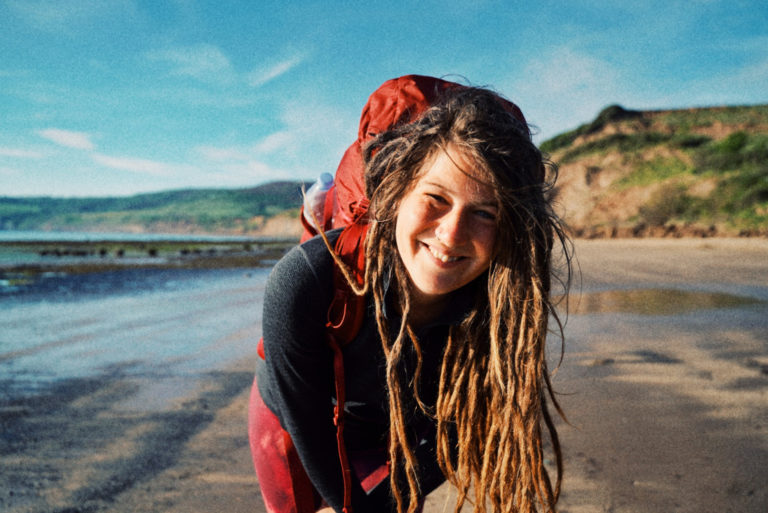
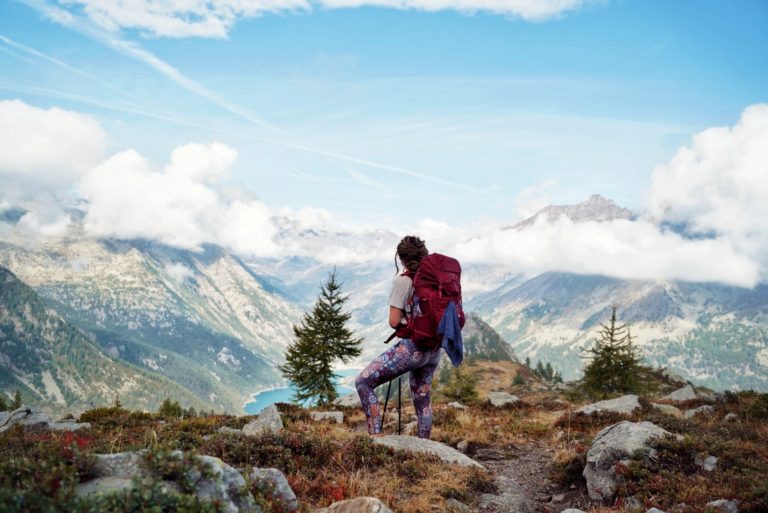
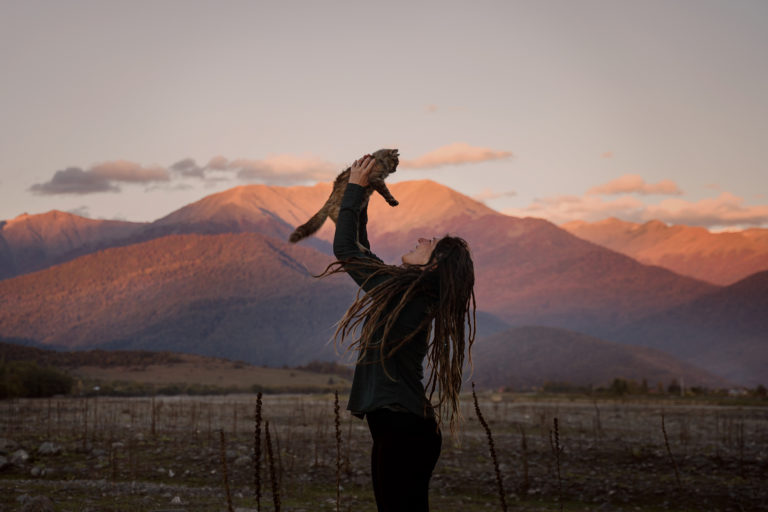
Great read and useful advice. Thank you very much!
You’re most welcome! Thank you for reading and happy hiking! 🙂
Hi there, thank you so much for your wonderful information! My friend and I are planning to do a portion of the GTA this summer and also planning to wild camp. Wondering what kind of cooking system you used? We were going to use a rocket pocket with a cannister fuel, but I doubt that we would be able to buy this type of fuel along the way. Do you have any recommendations? Thank you so much.
Hi Rebecca! I’ve also used a small stove similar to the pocket rocket – gas cartridges (esp. the ones to screw) are indeed a bit hard to find since there are no camping stores in the small towns you pass. However, even a small (or medium-sized) cartridge should last you at least long enough to make it to the next bigger town (like Alagna, Susa, Biella, … wherever they have outdoor stores). Even the smallest size (100g) can last up to 2 weeks (depending on how much you cook, of course, I usually used it twice a day). I’d recommend a 250g though, best weight-to-gas-ratio 😉
So as long as you remember to look for fuel when you’re in/close to a bigger town, there’s no need to carry a giant gas cartridge with you.
Thank you for your comment and I hope you’ll have a fantastic time on the GTA!! 🙂
Hey Anna, do you have the locations of where you set up your tent? It would help me since I will arrive there fairly late and can’t afford to lose too much time to look for a quiet spot.
Hi Matthias, I believe wild camping locations are best not shared because not only is looking for them part of the adventure but also, as mentioned in the post, social media etc. contribute to overcrowding (which in turn will make wild camping even harder as ‘camping not allowed’ signs may go up everywhere). A single tent somewhere in the wild usually isn’t an issue, but dozens of people heading there each day can indeed impact the natural environment negatively, disturb wildlife etc. With little time on hand, I recommend you to plan ahead, using e.g. Google Maps satellite view to spot potential spots. If you really end up on the trail not finding anything, there’s always the option to walk to a hut/campsite/guesthouse. Safe travels and happy camping! Anna x